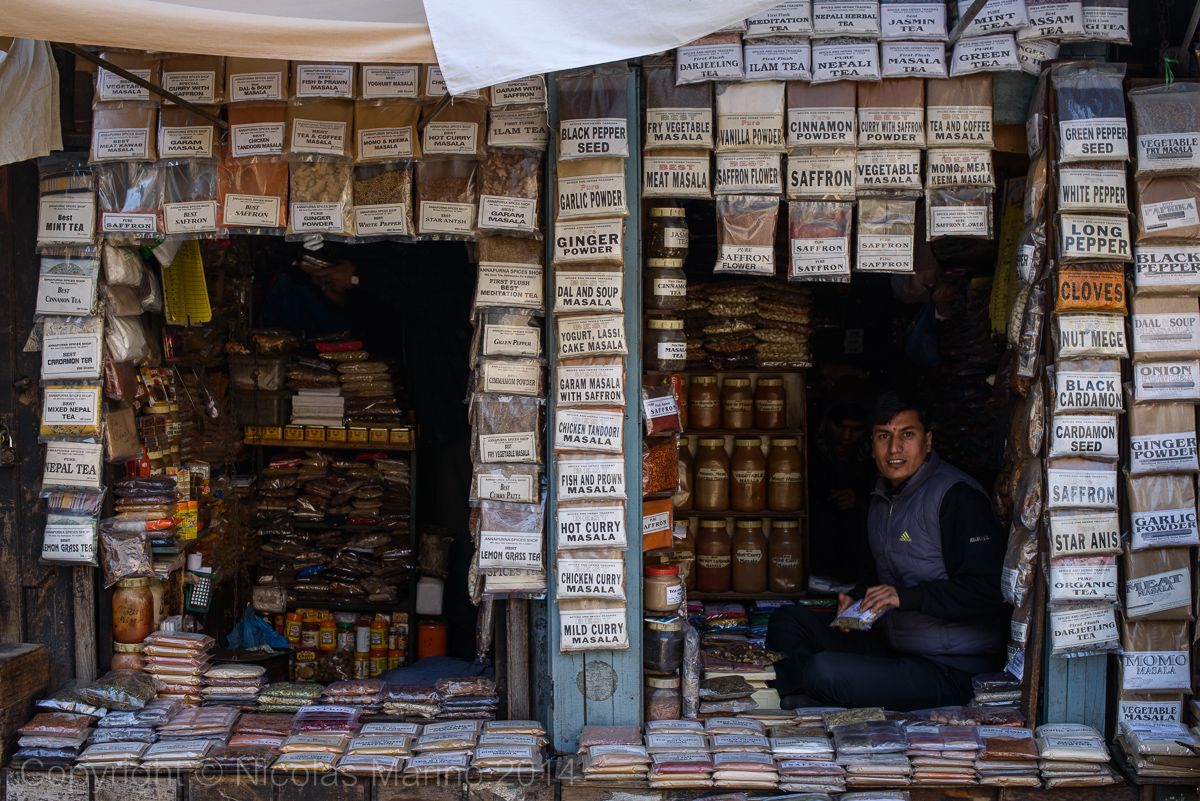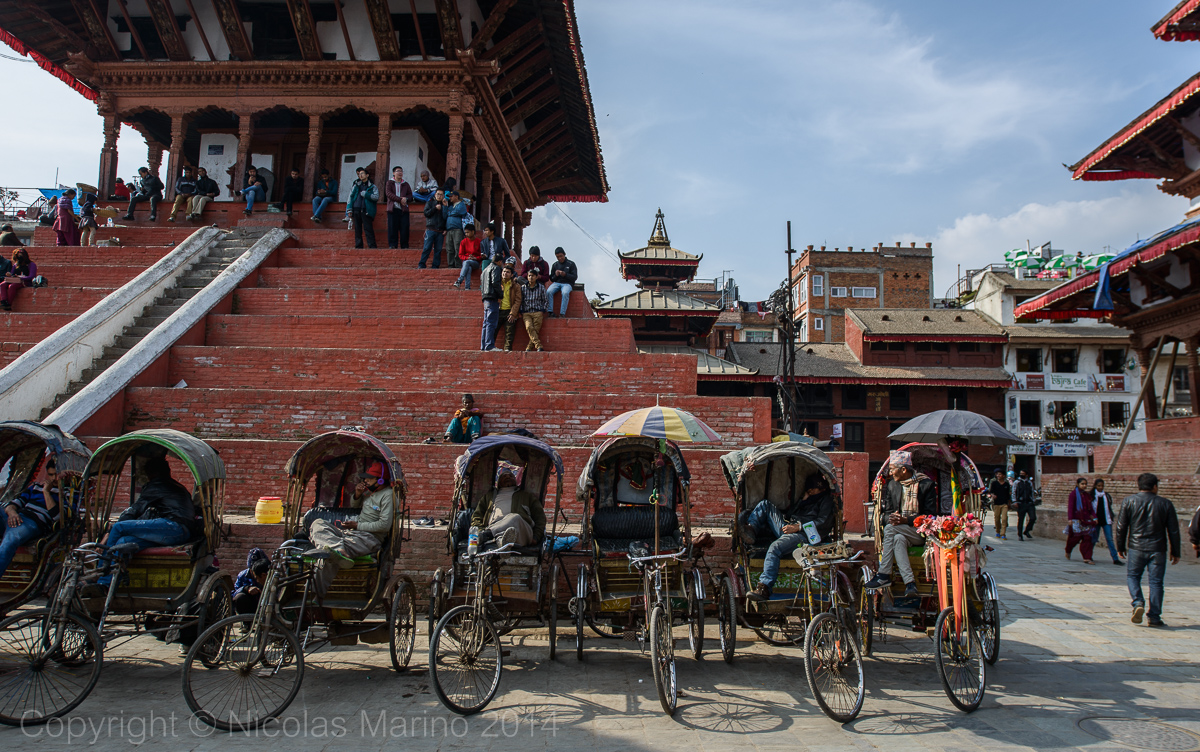Landing in Nepal after 71 days of Japanese sterility was like getting back to life. It is said that man is a creature of habit, and sometimes it takes a sudden shake to realize how easily one gets accustomed, perhaps unconsciously, to a particular life situation. Getting off the plane in Kathmandu was like waking up after a general anesthesia, all senses were suddenly awake and I felt them with even greater intensity. It was an explosion of life, it was like the joy that comes with the spring after a long, dark winter. It is in such contrast that I realized how much Japanese asepsis had somehow numbed my spirit, and Nepal, with all its stimulus was the injection that would bring back to life all my emotions.

13 years ago I arrived in Nepal for the first time, I was 22 and a backpacker. I spent 22 days in the depths of the Himalayas at altitudes higher than 5000 meters, witnessing the most breathtaking views that this world has to offer. After that trip, I knew that someday I would return to this wonderful country because after that trip, nothing was ever the same again. 13 years later, except for the huge growth of the tourist district of Thamel, which seems to be 13 times larger than the Thamel of 2001, Kathmandu keeps being atrophied over time, nothing seems to have changed. The sidewalks are inexistent, buildings seem to have been abandoned in mid-construction and look like they are falling apart. Cars, motorcycles, buses, people, cows, bicycles still make a chaos of noise. An entangled mess of cables defy reason and one begins to believe that it's impossible that Nepal as a country can actually work.

But everything is filled with life, you can feel it and breathe it and I feel the same fascination I felt 13 years ago. The dust blends with the scent of spices. Small shops, the bustle of sellers and buyers haggling.
The narrow streets, the temples everywhere, stuck in the middle of an urban structure of no apparent logic to provide spiritual shelter in this chaotic paradise. The sky looms behind webs of cables hanging from side to side of the street. We are in 2014 and until today, Kathmandu has blackouts of up to 16 hours a day and never less than 10 hours.
The magnificent Durbar Square is still splendid, it is the historic lung of Kathmandu and where Nepalese go to spend the day. Despite the chaos, one can breath the relaxed spirit of the local people.
It's wonderful to be back and this time with a bicycle. It is winter and the possibilities to visit the high Himalayas are limited, but we have the bottom range and the Terai on our way to India. The frantic traffic of buses in terrible condition, loud horns, cars, deprive the beauty of the 200 km of mountain valleys that separate the capital from Pokhara. It is the busiest road in the country and we cycled through it reluctantly, putting our legs back in motion after 50 days off. It's not easy to be back on the road after such a long rest, especially when you have to go uphill and downhill constantly, but it's all worth it when you arrive in Pokhara and the Great Himalayan range with its massive peaks serves as the backdrop of your main view.
Lakeside, the tourist district that sits around Phewa's lake, like Thamel in Kathmandu, seems to have grown 13 times its size over the last 13 years, but the effect seems much more exacerbated because of the smaller size of Pokhara. If Lakeside ever had charm, today certainly doesn't have it anymore and far gone are the years that was idyllic. However, its environment remains the same magnificent scenery of the peaks of the Annapurna mountain range, with three easily visible 8000's from the terraces of all buildings. After two weeks stuck between Kathmandu and Pokhara waiting for the damn India visa, we were finally ready to leave for the Terai.








No comments:
Post a Comment